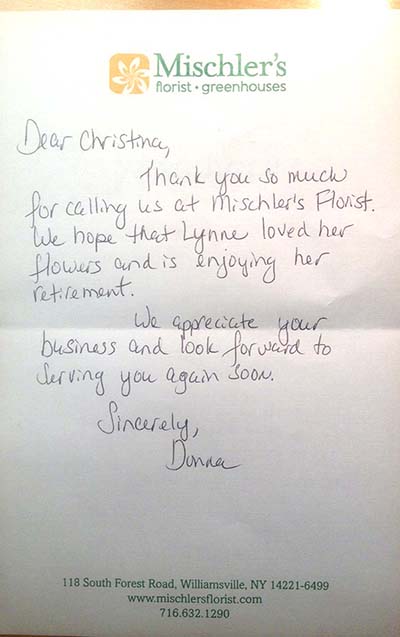This morning, when my business partner Vickie saw the 78-slide presentation I’m delivering at a conference tomorrow, she asked, “Um…HOW long are you speaking?” At my response, she gaped, “FOUR HOURS?…you’re talking to the same group of people for FOUR HOURS?”
My response: “No Vick, I’m entertaining them for four hours. The fact that they’ll learn something along the way is just a bonus.”
The secret to engaging an audience of any size is not in the content…it’s in the delivery. Sure, the content has to be relevant, accurate, and educational. But the seductive charm comes from the bow you wrap around it.
I’m often asked how I can stand up in front of large audiences for two hours or two days and manage to deliver just the right amount of content and still hold people’s attention to the very last second. Well kids, ssssshhhh. Just between you and me… here are the four things I think through when crafting every single presentation…before I even start typing one word of content:
HOW MUCH TIME IS ALLOTTED? Time parameters dictate the quantity and choice of content. For example, if a 45-minute presentation includes a 5 minute video, an allowance of 10 minutes for audience interaction, and 5 minutes for everyone coming in and getting settled…that leaves only 25 minutes available for actual content. If 15 of those minutes must cover technical information critical to the takeaway…that leaves only 10 minutes available for “original” content. So, when you think you have 45 minutes to fill…in reality, you may only have 10 minutes. Choose content wisely.
WHAT ARE THE GOALS? Sounds elementary but most people don’t think through this crucial step. The goals are not the same as content choices, but rather answer the question: what do you want the end result of this presentation to be? I recently presented a keynote session at the Vermont Travel Industry Conference (VTIC), and the goals of that session were: 1- Provide value to VTIC attendees by delivering useful educational content; 2- Infuse joy into a conference that (as instructed to me) needed it; 3- Make the VTIC look cool; 4- Create a positive impression for Redpoint. The topic – The Magic of Surprise in Guest Service – was incidental. The goals would have been the same if the topic had been crisis management, social media, or how to carve a turkey. Deciding on your goals helps you make choices about HOW to present your topic (for the VTIC, I surprised the audience with beer, pretzels, and an eight-piece jazz band – watch that session here), and in what order the information needs to unfold.
WHAT SHOULD BE THE FOCUS? It’s better to cover a few key topics deeply and slowly, than a dozen topics lightly and fast. Choose your core messages and don’t stray. You will hold your audience’s attention and make a lasting impact. A great line I heard years ago that’s served me well is… overwriting is just a failure to make choices.
HOW CAN TEXTURE BE ADDED? You will lose people to daydreaming, their mobile device, private troubles, a desire to be elsewhere, and even a need to go to the bathroom. Texture – doing different things and breaking patterns – is the best way to combat that. Texture is anything that snaps people out of their thoughts and back into what you’re saying. There is no formula for texture…in fact, the unexpected element is what makes it so successful, and it has to be natural to the presenter. Handing out prizes/gifts, stopping to talk to one particular audience member, showing an unexpected picture, singing a song, making everyone get up and switch seats, calling up a volunteer…ANYTHING to break the monotony of standing up there and talking at them. Find a natural way to infuse texture into your presentations, and invoke it when you need it.
That’s it, friends. Those are my big fancy presentation secrets. And now they are yours too… go knock ‘em dead.
 get travel marketing tips
get travel marketing tips 









